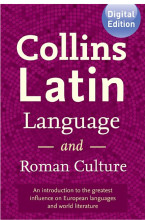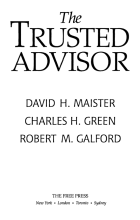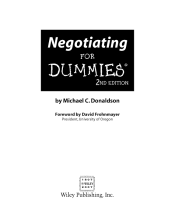Organisational strategy, planning and continous improvement
17 important questions on Organisational strategy, planning and continous improvement
Why is having a vision and a mission and bringing people together necessary?
What does Mintzberg argue about managing strategy?
How can the strategic cycle be described?
1a/b Vision/mission->2. Setting objectives-> 3. Crafting strategy-> 4. Organising and financing ->5. Implementation and execution->6. Controlling and improving-> back to mission and vision.
- Higher grades + faster learning
- Never study anything twice
- 100% sure, 100% understanding
What does managing strategically involve ?
What are SMART objectives?
Measurable - There must be some quantifiable method to measure the objectives
Achievable - An Objective must be seen as being within reach ; no one will make an effort to achieve an unattainable objective
Realistic - All objectives should deal with a manageable feature of the organisation
Time bound - There should be a deadline
What is the purpose of a mission?
What does a mission provide ?
What theory did Drucker describe?
What does Management by objectives (MBO) focus on?
-Accomplishing results rather than performing activities
- Improving individual competence and organisational effectiveness
- Increasing participation and involvement of employees in all aspects of the organisation.
In which three phases is MBO divided?
Phase two: The MBO programmes are integrated into the organisation’s planning and control and bugdetary processes.
Phase three: This is the fully implemented MBO system. all the major organisational functions are intrgrated in a logical manner.
What are the benefits of MBO?
Clarity of the organisation: It forces managers to clarify organisation roles and structures, and makes sure they have the key people where they are needed.
Personal commitment: It encourages people to commit themselves to goals
Effective control: MBO involves the measuring of results , evaluating and taking actions.
What is a strategy?
What is the function of financing?
How is continous improvement defined?
What are strategic questions every manager should explore ?
2. What are internal strenghts and weaknessess?
3. What external opportunities or threaths do we face?
4.What business should we be in ?
5. How do we go there?
6. How do we know we are still on the right course?
What are core capabilities of an organisation?
What is a SWOT analysis?
The question on the page originate from the summary of the following study material:
- A unique study and practice tool
- Never study anything twice again
- Get the grades you hope for
- 100% sure, 100% understanding
































